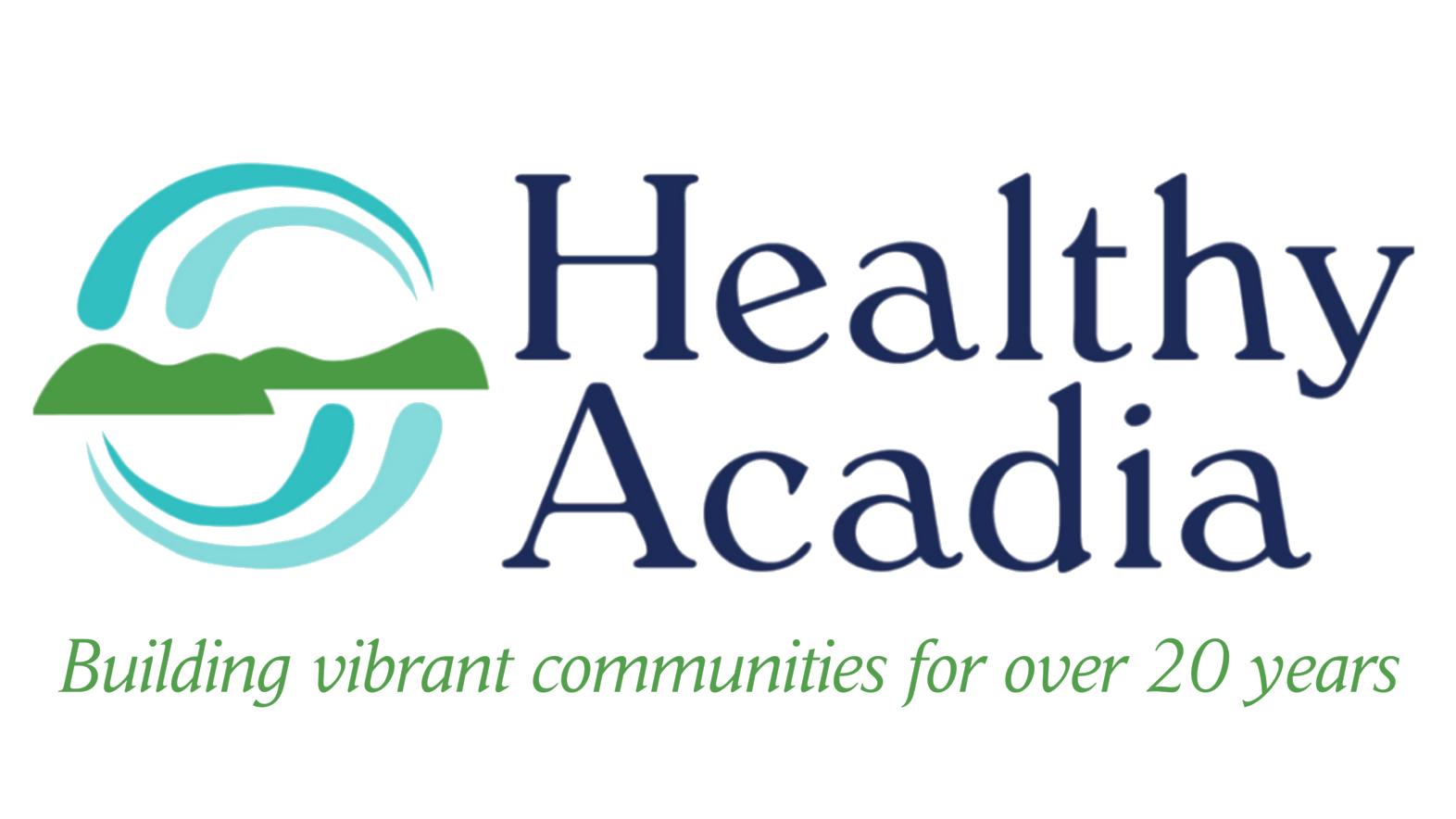The High Costs of Excessive Alcohol Use
According to the US Centers for Disease Control and Prevention, excessive alcohol use, including binge drinking, heavy drinking, alcohol use by pregnant women, and alcohol use by minors (those younger than 21), is a significant and preventable cause death in the United States.
Binge drinking means consuming 4 or more drinks in one sitting for a woman and 5 or more drinks in one sitting for a man. Heavy drinking means consuming in one week 8 or more drinks for a woman and 15 or more drinks for a man.
According to the US CDC, each year in America, excessive alcohol use causes:
140,000 deaths, shortening lifespan by 26 years on average
1 in 10 deaths among working-age adults
Excessive alcohol use can produce negative health effects, leading to problems with mental health, learning and memory. It can lead to chronic health conditions including high blood pressure, heart disease, stroke, liver disease, and cancer. It can also lead to injury, violence, risky sexual behavior and alcohol poisoning.
How can Americans reduce risk of adverse health consequences from alcohol use? The Dietary Guidelines for Americans* recommends that adults age 21 or older choose not to drink alcoholic beverages or to do so in moderation. Drinking in moderation means limiting consumption to 2 drinks or less in one day for a man and 1 drink or less in one day for a woman. It is recommended that certain populations not drink at all, including pregnant women and individuals with particular health conditions or those taking certain medications.
If you or a loved one is struggling with drinking too much, contact your healthcare provider. If you are wondering whether your drinking habits might be harmful to your health, visit alcoholscreening.org for a free and confidential self-assessment, resources, and treatment options.
*U.S. Department of Agriculture and U.S. Department of Health and Human Services. Dietary Guidelines for Americans, 2020-2025. 9th Edition. December 2020. Available at DietaryGuidelines.gov.
